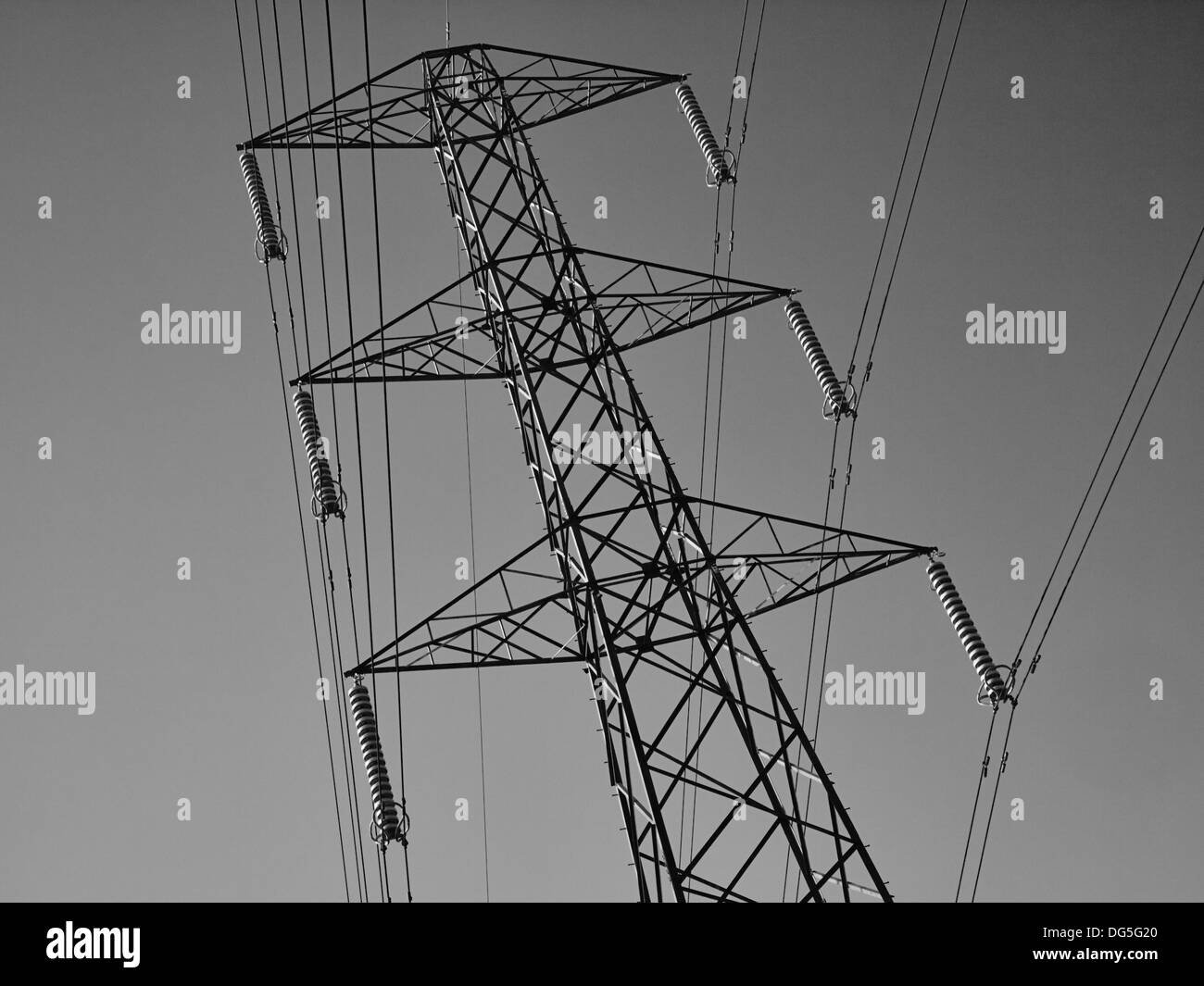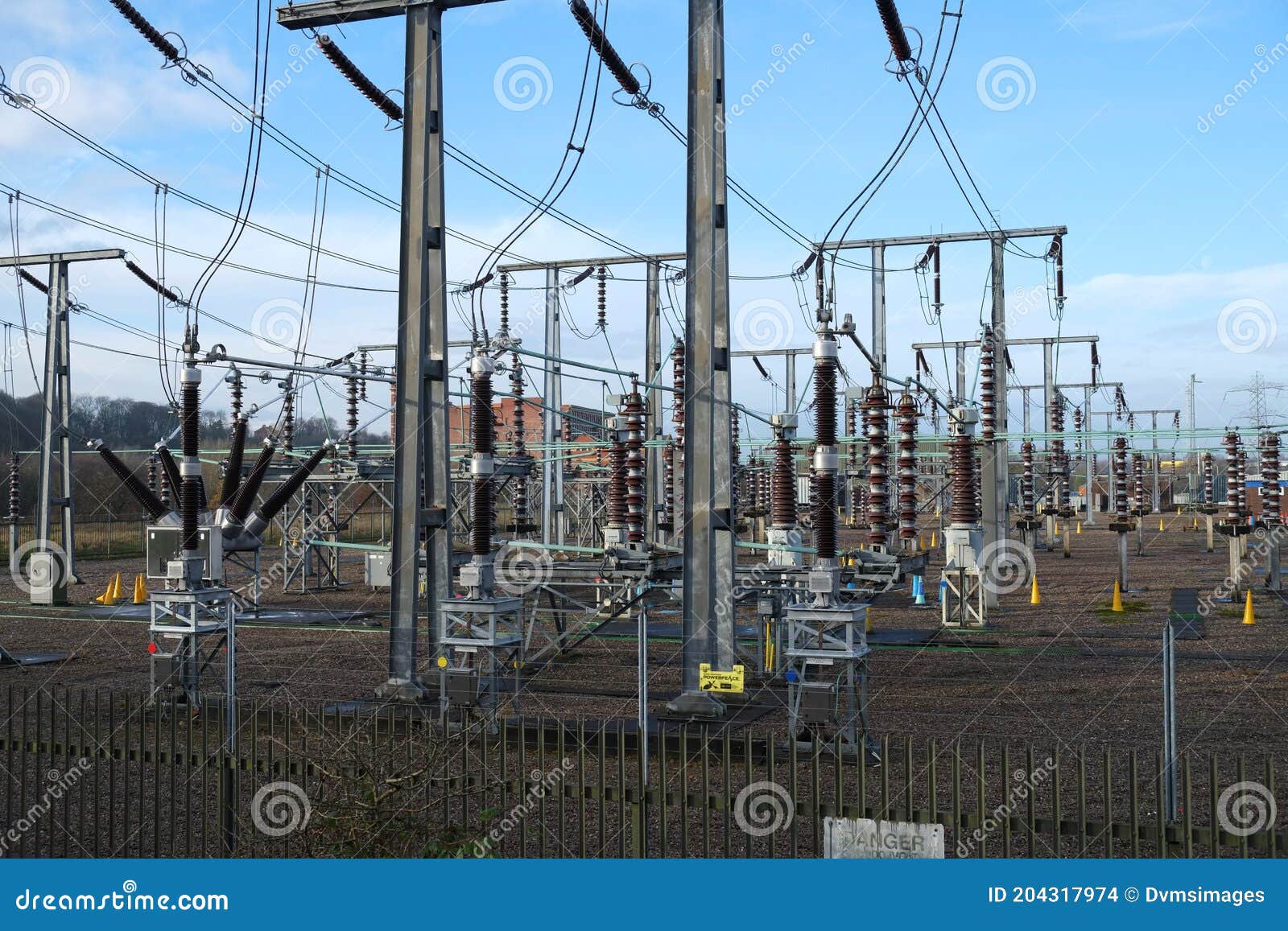England Voltage: A Comprehensive Guide To Understanding The Power Grid In The UK
So, you’re planning a trip to England or maybe moving there soon? One thing you definitely don’t want to overlook is the voltage system. England voltage operates on a different standard compared to many other countries, and ignoring this fact could fry your gadgets—or worse, cause a safety hazard. Let’s dive into what you need to know about England’s electrical setup so you’re fully prepared.
Now, before we get into the nitty-gritty, let me paint a picture for you. Imagine showing up at your cozy London flat after a long flight, only to realize your trusty hairdryer or laptop charger isn’t compatible with the outlets. Not cool, right? That’s why understanding England voltage is crucial, especially if you’re bringing electronics from abroad.
But don’t stress! This article will break down everything you need to know about England voltage, including how it works, what adapters you might need, and some handy tips to keep your devices safe. Whether you’re a traveler, expat, or just curious about the UK’s power grid, you’ll find all the answers here.
Read also:Alec Baldwin Saw Hilarias Ex Naked With His Clarinet Hanging From His Pants During Broadway Performance Exclusive
What is England Voltage?
England voltage operates on a standard of 230 volts, which is quite different from the 110-120 volts used in countries like the USA. This means that if you bring an electronic device from a country with a lower voltage, it might not work properly—or worse, it could get damaged. But hey, don’t panic yet! There are solutions, and we’ll cover those in detail.
Why Does England Use 230 Volts?
The reason England uses 230 volts goes back to historical decisions made in the UK’s power grid development. Back in the day, the UK standardized its voltage to align with European norms, making it easier for cross-border trade and cooperation. So, if you’re traveling within Europe, chances are the voltage will be consistent.
Interestingly, the UK wasn’t always on 230 volts. Before the early 2000s, the standard was closer to 240 volts. However, to harmonize with other European countries, the UK adjusted to the 230-volt standard. This small change has made life easier for travelers and businesses alike.
How Does England Voltage Compare Globally?
Here’s a quick breakdown of how England voltage stacks up against other countries:
- USA: 110-120 volts
- Japan: 100 volts
- Europe: 230 volts (including England)
- Australia: 230-240 volts
As you can see, England’s voltage is more in line with the rest of Europe and Australia, but it’s quite different from countries like the USA and Japan. This difference is why travelers often need to bring adapters or transformers when visiting England.
Do You Need a Voltage Converter in England?
This is one of the most common questions people ask when planning a trip to England. The short answer is: it depends on where you’re coming from and what devices you’re bringing. If you’re from a country that uses 110-120 volts, like the USA, you’ll likely need a voltage converter to safely use your electronics in England.
Read also:Valspar Championship Payout Your Ultimate Guide To The Big Bucks In Golf
However, many modern devices, such as laptops, smartphones, and tablets, are designed to handle a wide range of voltages. These devices are often dual-voltage, meaning they can operate safely on both 110-120 volts and 230 volts. Always check the label on your device or its charger to see if it’s dual-voltage. If it says something like “100-240V,” you’re good to go without a converter.
What Happens If You Use the Wrong Voltage?
Using the wrong voltage can lead to some serious consequences. For devices that aren’t dual-voltage, plugging them into a higher voltage system without a converter can cause permanent damage—or even start a fire. On the flip side, using a lower voltage than your device requires might make it not work at all.
To avoid these issues, always double-check your device’s compatibility with England voltage. If you’re unsure, it’s better to err on the side of caution and bring a converter.
Understanding England’s Power Outlets
Another important aspect of England voltage is the type of power outlets used. England uses the British Standard BS 1363 outlets, which are three-pronged and include a fuse for added safety. These outlets are unique to the UK and a few other countries, so you’ll likely need an adapter if you’re bringing devices with different plug types.
Types of Plugs in England
Here’s a quick rundown of the plug types you’ll encounter in England:
- Type G: The standard UK plug, featuring three rectangular pins.
- Type C: Occasionally found in older buildings or for specific devices.
- Type D: Rarely used but can be found in some older properties.
Most travelers will need a Type G adapter to use their devices in England. These adapters are widely available online or at travel stores, so make sure to grab one before your trip.
Common Myths About England Voltage
There are a few misconceptions about England voltage that we need to clear up. Let’s debunk some of these myths:
- Myth 1: You can use any adapter in England. Fact: While adapters help with plug compatibility, they don’t change the voltage. If your device isn’t dual-voltage, you’ll still need a converter.
- Myth 2: All UK devices are compatible with 110 volts. Fact: UK devices are designed for 230 volts and won’t work on lower voltage systems without a converter.
- Myth 3: Voltage doesn’t matter for small devices. Fact: Even small devices like shavers or toothbrushes can be damaged by incorrect voltage.
By understanding these myths, you’ll be better prepared to navigate England’s electrical system.
Tips for Staying Safe with England Voltage
Safety should always be your top priority when dealing with electricity. Here are some tips to help you stay safe while using England voltage:
- Check your devices: Always verify if your devices are dual-voltage before plugging them in.
- Use quality adapters: Cheap adapters can be dangerous, so invest in a reliable one.
- Be cautious with high-wattage devices: Devices like hairdryers and curling irons require more power and may need a converter.
Following these tips will help you avoid any electrical mishaps during your time in England.
What to Do If Something Goes Wrong
Despite your best efforts, accidents can happen. If you experience an electrical issue, here’s what to do:
- Unplug the device immediately: This prevents further damage or hazards.
- Contact a professional: If the issue persists, consult a certified electrician.
- Report the problem: If you’re staying in a hotel or rental property, inform the management right away.
Staying calm and acting quickly can prevent small issues from becoming major problems.
The Future of England Voltage
As technology continues to evolve, the way we use electricity is changing. England is no exception. The UK government has set ambitious goals to transition to renewable energy sources and improve energy efficiency across the country. This shift could potentially impact the voltage system in the future, but for now, the 230-volt standard remains the norm.
Additionally, advancements in device compatibility mean that more gadgets are becoming dual-voltage, reducing the need for converters. However, it’s always wise to stay informed about the latest developments in electricity standards, especially if you travel frequently.
How Can You Stay Updated?
Here are a few ways to stay in the loop about changes in England voltage:
- Follow industry news: Keep an eye on tech and energy news outlets for updates.
- Check device manuals: Always refer to the latest information from manufacturers.
- Join online communities: Travel forums and social media groups can be great resources for tips and advice.
By staying informed, you’ll be better equipped to handle any changes in England’s electrical system.
Conclusion
In summary, understanding England voltage is essential for anyone visiting or living in the UK. From the standard 230 volts to the unique Type G outlets, there’s a lot to consider when it comes to using electronics in England. But with the right knowledge and tools, you can ensure your devices stay safe and functional.
So, before your next trip to England, make sure to check your devices’ compatibility, invest in a quality adapter or converter if needed, and always prioritize safety. And hey, if you have any questions or tips of your own, feel free to drop a comment below. Let’s keep the conversation going and help each other stay powered up in England!
Table of Contents
Article Recommendations

